Adhesive powder is an essential component in the DTF (Direct to Film) printing process, playing a vital role in binding the ink to the transfer film and facilitating the transfer of images onto fabrics. As DTF printing continues to gain popularity, understanding the development and considerations of adhesive powder is essential for achieving optimal image transfer and ensuring durable and high-quality prints.

Adhesion Strength: Ensuring Successful Image Transfer
One of the primary considerations in the development of adhesive powder is achieving adequate adhesion strength. The adhesive force must be robust enough to ensure successful image transfer onto the fabric. A well-developed adhesive powder helps secure the ink to the transfer film during the heat press process, enabling precise and accurate image reproduction.
Activation Temperature: Striking the Right Balance
The activation temperature of the adhesive powder is a critical factor to consider. It should be set at an appropriate level to ensure effective bonding without damaging the fabric. If the temperature is too high, it may cause fabric damage, while if it's too low, the adhesive powder may not activate and adhere to the fabric effectively. Striking the right balance is crucial for achieving optimal results in DTF printing.
Wash Durability: Ensuring Long-Lasting Prints

In the world of textiles, wash durability is a significant concern. Adhesive powder must be designed to withstand the impact of water and detergents, ensuring the printed image remains vibrant and intact even after multiple washes. A well-developed adhesive powder formulation will provide the necessary durability to maintain image quality and longevity, enhancing customer satisfaction and the overall value of the printed products.
Choosing the Right Adhesive Powder Grade
Selecting the appropriate adhesive powder grade depends on various factors, including the type of material being printed on and the level of detail required in the printed image. Higher-grade adhesive powders typically offer superior adhesive strength and image quality but may require specific temperature settings and fine-tuning of printing parameters. Applications involving bulk printing or large print areas may benefit from larger particle sizes and faster melting rates to ensure efficient production.
Mastering adhesive powder in DTF printing is vital for achieving optimal image transfer onto fabric. By considering factors such as adhesion strength, activation temperature, and wash durability, manufacturers can develop high-quality adhesive powders that deliver reliable and durable results. Choosing the right adhesive powder grade based on material type and printing requirements further ensures superior print quality and customer satisfaction. As DTF printing continues to evolve, advancements in adhesive powder technology will drive further innovation in the digital printing industry, opening up new possibilities for creativity and customization.


Comments